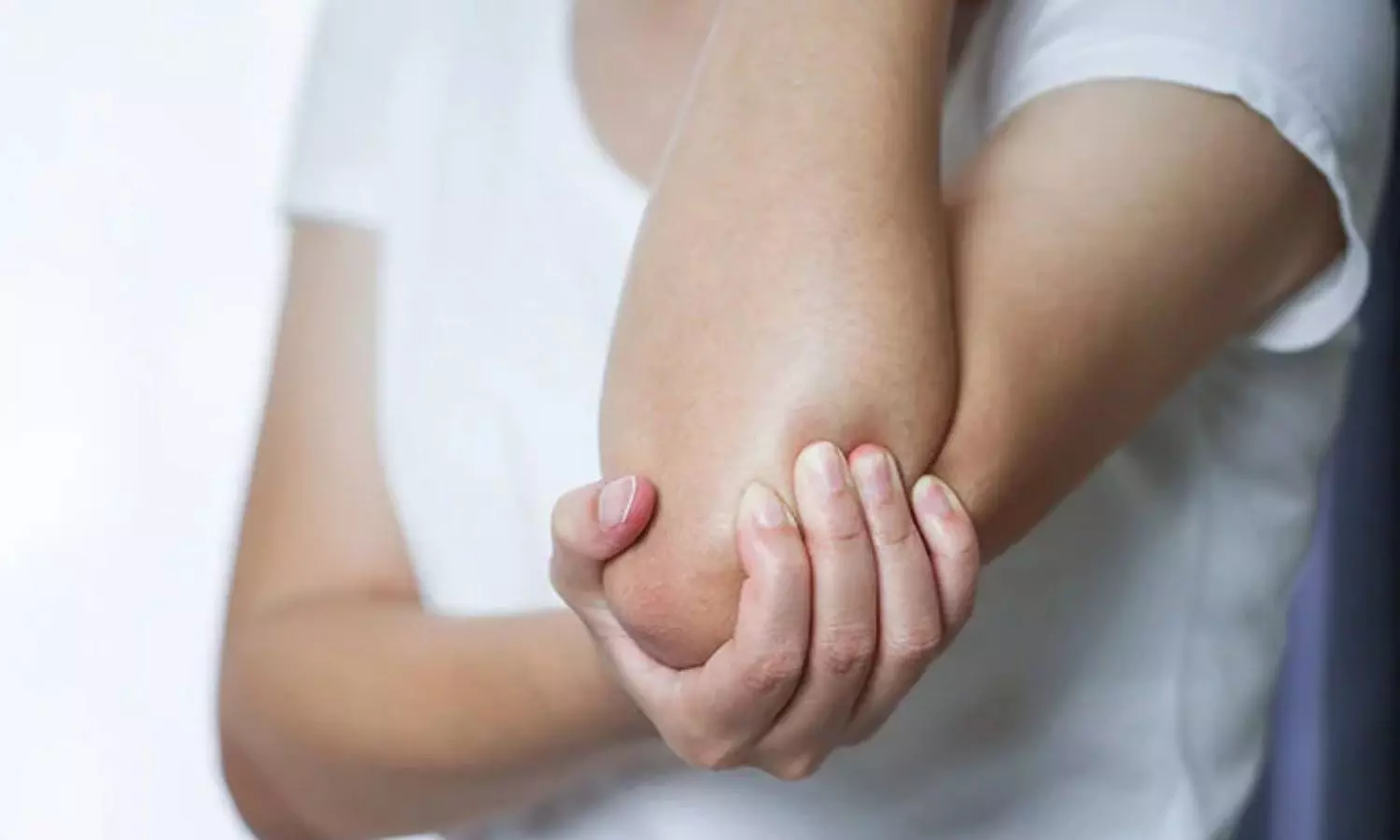- Home
- Medical news & Guidelines
- Anesthesiology
- Cardiology and CTVS
- Critical Care
- Dentistry
- Dermatology
- Diabetes and Endocrinology
- ENT
- Gastroenterology
- Medicine
- Nephrology
- Neurology
- Obstretics-Gynaecology
- Oncology
- Ophthalmology
- Orthopaedics
- Pediatrics-Neonatology
- Psychiatry
- Pulmonology
- Radiology
- Surgery
- Urology
- Laboratory Medicine
- Diet
- Nursing
- Paramedical
- Physiotherapy
- Health news
- AYUSH
- State News
- Andaman and Nicobar Islands
- Andhra Pradesh
- Arunachal Pradesh
- Assam
- Bihar
- Chandigarh
- Chattisgarh
- Dadra and Nagar Haveli
- Daman and Diu
- Delhi
- Goa
- Gujarat
- Haryana
- Himachal Pradesh
- Jammu & Kashmir
- Jharkhand
- Karnataka
- Kerala
- Ladakh
- Lakshadweep
- Madhya Pradesh
- Maharashtra
- Manipur
- Meghalaya
- Mizoram
- Nagaland
- Odisha
- Puducherry
- Punjab
- Rajasthan
- Sikkim
- Tamil Nadu
- Telangana
- Tripura
- Uttar Pradesh
- Uttrakhand
- West Bengal
- Medical Education
- Industry
Rare case of treatment of cutaneous juvenile dermatomyositis with Anifrolumab: A report

USA: A recent case study published in JAMA Dermatology describes the case of rapid improvement in recalcitrant cutaneous juvenile dermatomyositis (JDM) with anifrolumab treatment.Juvenile dermatomyositis is a childhood idiopathic inflammatory myopathy that manifests proximal muscle weakness and varying degrees of extramuscular pathologic findings. Muscle disease is often responsive to...
USA: A recent case study published in JAMA Dermatology describes the case of rapid improvement in recalcitrant cutaneous juvenile dermatomyositis (JDM) with anifrolumab treatment.
Juvenile dermatomyositis is a childhood idiopathic inflammatory myopathy that manifests proximal muscle weakness and varying degrees of extramuscular pathologic findings. Muscle disease is often responsive to traditional steroid-sparing immunosuppressants and first-line systemic corticosteroids, but cutaneous involvement in JDM may persist, precluding complete disease remission.
Recent transcriptomic analyses have revealed striking upregulation of type I interferon (IFN)–--stimulated genes in the muscle, peripheral blood, and lesional skin of JDM patients, with higher IFN scores implying an increased disease severity. Type I IFN has emerged as an attractive therapeutic target for patients with dermatomyositis (DM), although there is a lack of US Food and Drug Administration (FDA)–approved therapies.
Katharina S. Shaw, Perelman School of Medicine, University of Pennsylvania, Philadelphia, and colleagues present a case of refractory cutaneous JDM demonstrating improvement with anifrolumab, a monoclonal antibody targeting type I IFN receptor subunit 1.
The case concerns a 14-year-old girl presented with a 6-year history of a photosensitive eruption involving her neck, face, trunk and extremities. She had been diagnosed with JDM at age 8 years based on radiographic evidence of myositis, confirmatory skin biopsy, and the presence of antitranscriptional intermediary factor-1γ (TIF-1γ) autoantibodies.
She reported minimal improvement despite trials of hydroxychloroquine, systemic steroids, intravenous immunoglobulin (IVIG), rituximab, tofacitinib, tacrolimus, cyclosporine, mycophenolate mofetil, and methotrexate.
On evaluation, radiographic findings, clinical examination, and serologic workup were consistent with a diagnosis of anti-TIF-1γ JDM. The patient was treated with 10 mg twice daily tofacitinib and IVIG, 2 g/kg every four weeks, given concerns for subtherapeutic trials of Janus kinase (JAK) inhibition and IVIG in the past.
After reviewing potential risks, including increased incidence of herpes zoster, the patient and her family discontinued tofacitinib and pursued treatment with anifrolumab. Due to the patient’s history of muscle disease, IVIG (2 g/kg every 4 weeks) was continued concurrently with anifrolumab.
Within 72 hours of undergoing the first infusion of anifrolumab, the patient showed dramatic improvement in her eruption and provided home photos demonstrating brisk resolution of erythema. A further improvement was noted on follow-up 56 days later, with a significant reduction in the Cutaneous Dermatomyositis Disease Area and Severity Index Activity Score (CDASI-A) from 36 to 8.
"We aim to highlight the importance of the type I IFN axis in refractory cutaneous DM patients and highlight anifrolumab as a viable therapeutic option for patients with contraindications to standard therapies," the team concluded.
Reference:
Shaw KS, Reusch DB, Castillo RL, et al. Rapid Improvement in Recalcitrant Cutaneous Juvenile Dermatomyositis With Anifrolumab Treatment. JAMA Dermatol. Published online November 11, 2023. doi:10.1001/jamadermatol.2023.4744
MSc. Biotechnology
Medha Baranwal joined Medical Dialogues as an Editor in 2018 for Speciality Medical Dialogues. She covers several medical specialties including Cardiac Sciences, Dentistry, Diabetes and Endo, Diagnostics, ENT, Gastroenterology, Neurosciences, and Radiology. She has completed her Bachelors in Biomedical Sciences from DU and then pursued Masters in Biotechnology from Amity University. She has a working experience of 5 years in the field of medical research writing, scientific writing, content writing, and content management. She can be contacted at editorial@medicaldialogues.in. Contact no. 011-43720751



